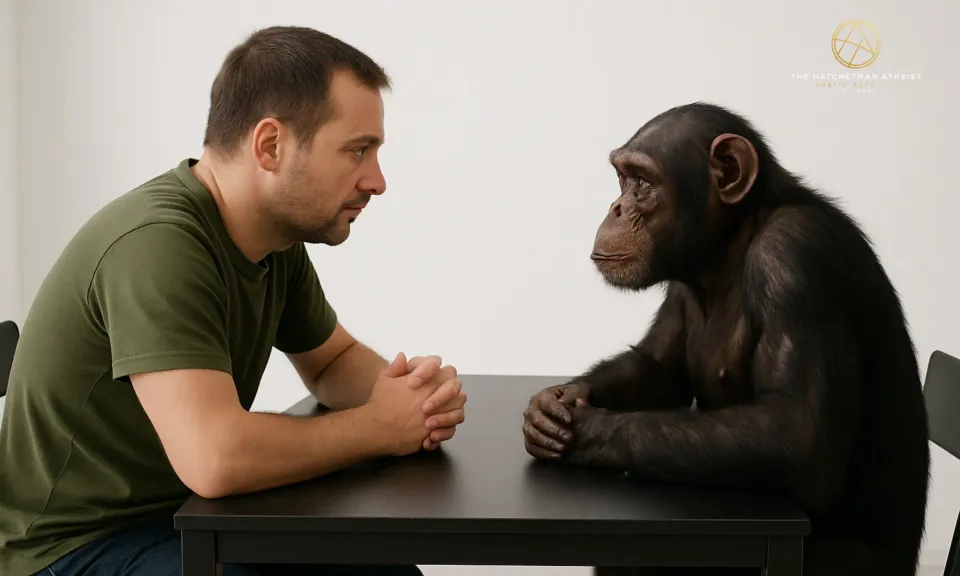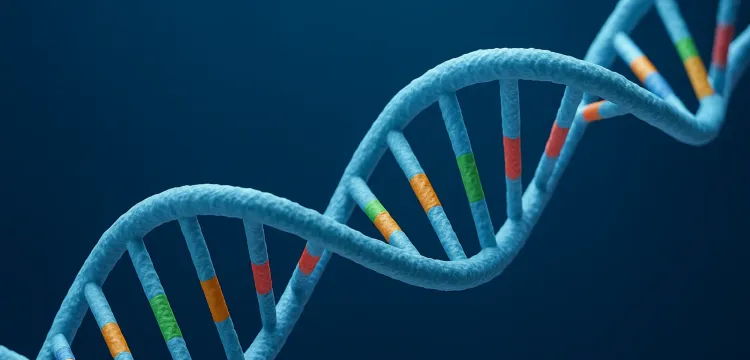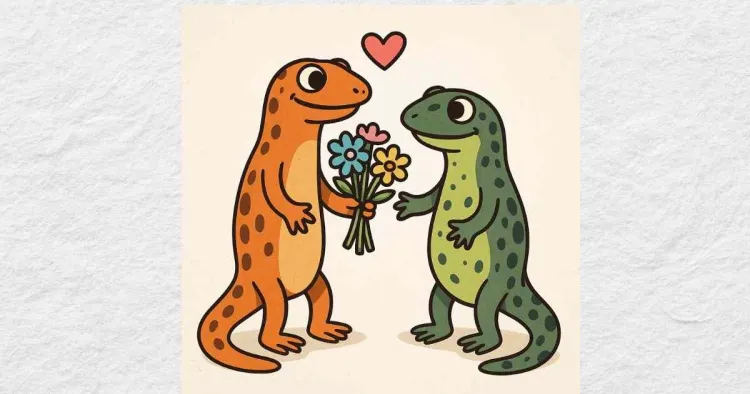Of Human/Chimp Genomes and Birthday Cakes: The 98% Question

98.8%?
Way back in 2005, the Chimpanzee Sequencing and Analysis Consortium published a study in Nature, which stated “Our results indicate that the genomes of humans and chimpanzees are 99% identical at orthologous nucleotide sites.” (Nature 437, p. 69, 2005). This was a pretty big discovery, but not one without controversy. Although this number has been replicated several times, there are some who claim the number is much lower, coming in at around 95%. In discussions with Creationists, this will always be the number they insist on using. But since few of us are geneticists (and real geneticists would never lower themselves to read a trashy blog like this one), how can we know which is the correct statistic? is it 95%, or 98.8%? Well...it is really not a question of which number is right, but what is being measured.
Let’s Talk About DNA
Your body has instructions inside it. Tiny ones. They live in your cells and tell your body how to grow, how to heal, what color your eyes will be, and how to digest cookies. These instructions are called DNA, and you’ve got a lot of it—billions of letters.
Now here’s the fun part: chimpanzees have DNA too, and when scientists peek at theirs, they find something amazing.
When scientists look at the important parts of our DNA—the parts that actually build our bodies—they find that we match chimpanzees by about 98.8 percent. That means almost all the same tools, parts, and recipes are there (Chimpanzee Sequencing and Analysis Consortium 69).
It’s kind of like we both built the same robot, using almost exactly the same instruction manual.
But Wait… Why Do Some People Say It’s 95 Percent?
Great question. This is where things get a little silly.
Let’s say you and your friend each make a birthday cake. They both have layers, frosting, candles, and deliciousness. Now imagine two groups of cake judges:
- Group One says, “Let’s look at the recipe steps. Do they mix the batter the same way? Bake at the same temperature? Use frosting in the same places?” They find out: these cakes are 98.8 percent the same.
- Group Two says, “Wait! This one used blue sprinkles instead of red. The frosting is a little shinier. One cake is sitting on a wooden plate and the other’s on glass.” They decide the cakes are only 95 percent the same.
Guess what? Both groups are right. But they’re measuring different things.

Scientists Aren’t Arguing—They Just Measured Different Stuff
Here’s something important: the scientists who say 95 percent don’t think the 98.8 percent number is wrong. And the scientists who say 98.8 percent don’t ignore the messy parts. They just chose to focus on different parts of the DNA for different reasons.
They’re not having a fight about who’s right. In fact, they all agree that:
- The 98.8 percent number is true for the parts of the DNA that line up and do important stuff, and
- The 95 percent number is true if you count everything, even the junky, repetitive, or leftover parts.
So it’s not a battle. It’s just like choosing to compare birthday cakes based on the recipe or the decorations. Same cakes, different focus. Everyone agrees the data makes sense, depending on what you’re looking at (Pollard 45).
Explore More Evolution Posts from The Hatchetman Atheist
(scroll for more)
What Scientists Agree On
Here’s what scientists agree on: the important, functional parts of human and chimp DNA—called protein-coding genes—are about 98.8 percent the same (Varki and Altheide 1746–49; Salzberg).
That’s not just one person’s guess. Scientists around the world have checked this using special tools and enormous amounts of data. It keeps coming back: 98.8 percent match in the working parts.
Pollard notes that although the human and chimpanzee genomes are nearly 99 percent identical, a few crucial DNA changes have had a profound impact (Pollard 44).
The Chimpanzee Sequencing and Analysis Consortium likewise reported that, even with differences in structure, the DNA that can be matched up is about 98.8 percent identical (Chimpanzee Sequencing and Analysis Consortium 69).
What Kinds of Stuff Is the Same?
So what’s in this 98.8 percent that we share?
- Brain-building instructions
- Immune system response
- Metabolism
- Skeleton blueprints
That’s why chimps are often used to study human diseases or test new medicines. Their bodies work almost the same way ours do.
One scientist said, “Comparisons of protein-coding genes consistently yield similarity values in the 98–99% range between humans and chimpanzees” (Salzberg 114).
Reality: That number includes all the noise—insertions, repeats, and messy parts. When it comes to the useful, working genes? The ones that encode for proteins? We’re still almost twins.
But What About the Differences?
Sure, there are differences. That last one or two percent includes cool things like:
- Better language in humans
- Different brain shapes
- Less hair (usually)
- The ability to invent and use tools in more complex ways
Those are important and fascinating, but they don’t change the fact that most of our body-building instructions match almost perfectly.
The Final Scoop
So are you a chimpanzee in a hoodie? Not exactly.
But your DNA and a chimp’s DNA are so similar that it’s like you’re reading the same instruction book with just a few changes on the last page.
That doesn’t make you less special. It just means we’re all part of one big family tree—and you have some very interesting cousins.
Works Cited
Chimpanzee Sequencing and Analysis Consortium. “Initial Sequence of the Chimpanzee Genome and Comparison with the Human Genome.” Nature, vol. 437, no. 7055, 2005, pp. 69–87.
Pollard, Katherine S. “What Makes Us Different?” Scientific American, vol. 300, no. 5, 2009, pp. 44–49.
Salzberg, Steven L. “Genome Reassembly: Getting It Right.” Genome Biology, vol. 9, no. 6, 2008, p. 114.
Varki, Ajit, and Tasha Altheide. “Comparing the Human and Chimpanzee Genomes: Searching for Needles in a Haystack.” Genome Research, vol. 15, no. 12, 2005, pp. 1746–1758.

FAQ: Human–Chimpanzee DNA Similarity
Is it 95% or 98.8% similarity between humans and chimps?
Both numbers are correct, but they measure different things. The 98.8% figure applies to DNA sequences that line up and code for important biological functions. The 95% figure includes everything—extra insertions, repeats, and “junk” DNA. They’re not in conflict, just different ways of counting.
Where did the 98.8% number come from?
It was first published in Nature (2005) by the Chimpanzee Sequencing and Analysis Consortium. Since then, multiple independent studies have confirmed that when aligned gene-coding regions are compared, humans and chimps are about 98.8% identical.
Why do creationists always cite the 95% number?
Because it sounds like humans and chimps are less similar than evolutionary biologists claim. But the scientific community recognizes both figures: 95% when counting everything, 98.8% when focusing on the functional parts. Neither undermines the overwhelming evidence of close genetic relatedness.
What does the 98.8% include?
Shared instructions for brain development, immune response, metabolism, and skeletal structure. These are the genes that make our bodies function, and in these areas humans and chimps are nearly identical.
What does the last 1–2% difference cover?
That small difference accounts for traits like advanced language ability, brain shape, hair distribution, and more complex tool use. Small in percentage, but meaningful in outcome.
So what’s the bottom line?
The “human vs. chimp” debate isn’t really about which number is right. Both 95% and 98.8% are valid, depending on what part of the genome you count. Either way, the evidence is overwhelming: we share nearly all of our instruction manual with chimpanzees.
Works Cited
Carroll, Sean B. Endless Forms Most Beautiful: The New Science of Evo Devo. W. W. Norton & Company, 2005.
Chimpanzee Sequencing and Analysis Consortium. "Initial Sequence of the Chimpanzee Genome and Comparison with the Human Genome." Nature, vol. 437, 2005, pp. 69–87. doi:10.1038/nature04072.
Collins, Francis S. The Language of God: A Scientist Presents Evidence for Belief. Free Press, 2006.
Dawkins, Richard. The Greatest Show on Earth: The Evidence for Evolution. Free Press, 2009.
Pollard, Katherine S. “What Makes Us Human?” Scientific American, vol. 319, no. 1, July 2018, pp. 44–49.
Salzberg, Steven L. “Genome Reannotation: A Welcome Change.” Genome Biology, vol. 8, no. 1, 2007, doi:10.1186/gb-2007-8-1-102.
Varki, Ajit, and Tasha Altheide. “Comparing the Human and Chimpanzee Genomes: Searching for Needles in a Haystack.” Genome Research, vol. 15, no. 12, 2005, pp. 1746–1758. doi:10.1101/gr.3737405.





Comments ()